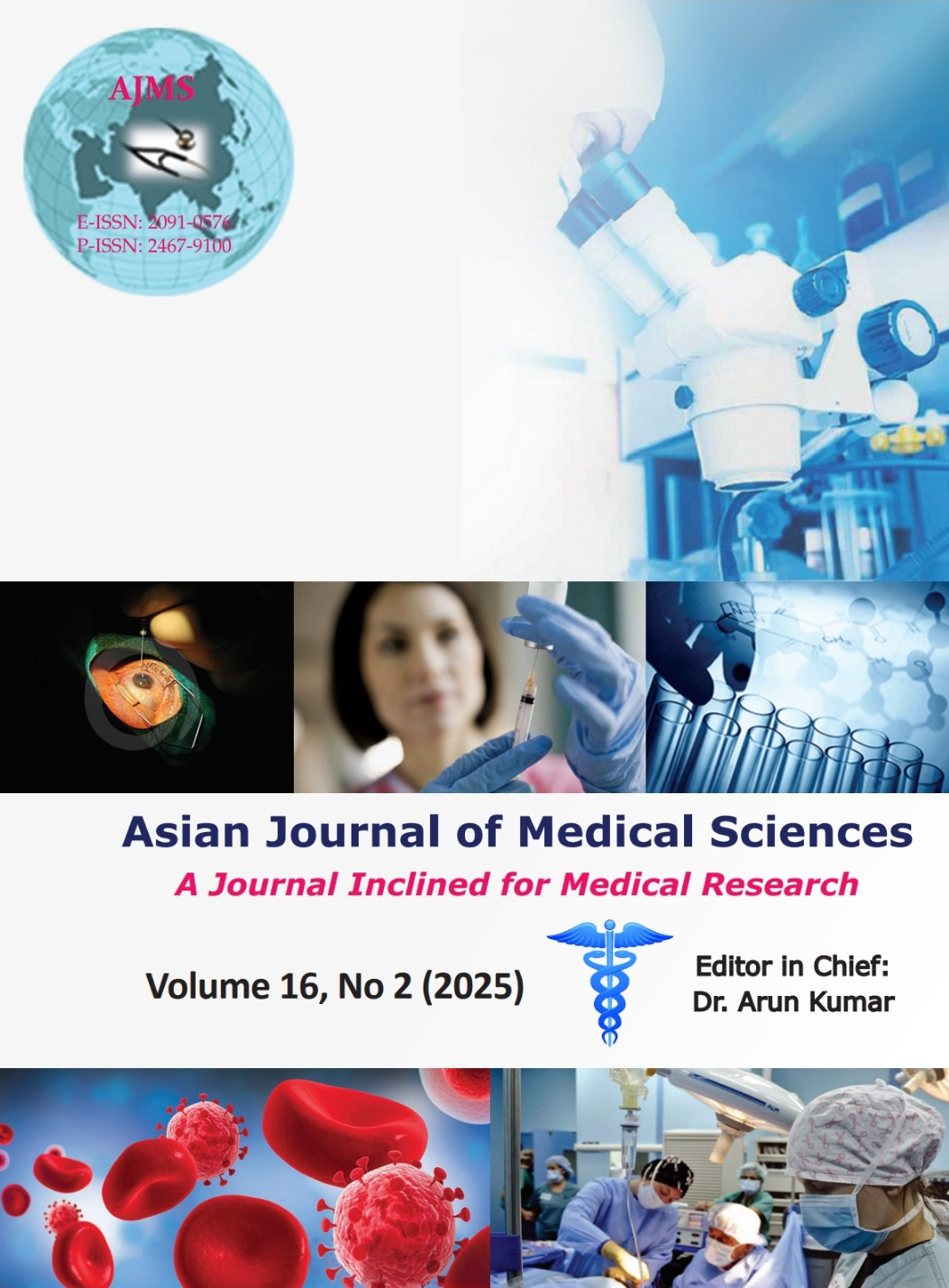Analysis of modified sitting positions for subarachnoid block: A prospective observational study
Keywords:
Subarachnoid block; Spinal anesthesia; Patient positioning, classical sitting position; Hamstring stretch position; Riders sitting positionAbstract
Background: Neuraxial block is one of the most common anesthetic modalities for a wide range of surgical procedures. Conventionally, it is mostly performed in classical sitting position (CSP), however, a few modifications of sitting position have been described in literature since patient positioning is by far the most crucial factor for a successful subarachnoid block (SAB). Proper positioning of the patients reduces lumbar lordosis and facilitates easy palpation of the landmarks.
Aims and Objectives: Comparison of three different sitting positions including classical sitting position (CSP), hamstring stretch position (HSP), and riders sitting position (RSP), for SAB.
Materials and Methods: A total of 207 patients, divided equally into three groups (CSP, HSP and RSP) with 69 patients in each group. Spinal anesthesia was given in three different sitting positions, and the parameters were recorded with respect to time taken for intrathecal placement of the needle, number of punctures, ease of palpation of space, patient comfort, and anesthesiologists’ satisfaction.
Results: Confirmation of subarachnoid placement of needle required the least time in RSP group (P=0.003), majority of patients in RSP required a single skin puncture (P=0.0237), clarity of the bony landmarks was similar in all the three positions (P=0.108), patients’ satisfaction score was highest in CSP group (P=0.012); however, anesthesiologists’ reported higher satisfaction levels in RSP group, although results were statistically non-significant (P=0.739).
Conclusion: From the anesthetist’s standpoint, RSP was the most favorable position for spinal anesthesia, however, the majority of patients reported better comfort levels with CSP.
Downloads
Downloads
Published
How to Cite
Issue
Section
License
Copyright (c) 2025 Asian Journal of Medical Sciences

This work is licensed under a Creative Commons Attribution-NonCommercial 4.0 International License.
Authors who publish with this journal agree to the following terms:
- The journal holds copyright and publishes the work under a Creative Commons CC-BY-NC license that permits use, distribution and reprduction in any medium, provided the original work is properly cited and is not used for commercial purposes. The journal should be recognised as the original publisher of this work.
- Authors are able to enter into separate, additional contractual arrangements for the non-exclusive distribution of the journal's published version of the work (e.g., post it to an institutional repository or publish it in a book), with an acknowledgement of its initial publication in this journal.
- Authors are permitted and encouraged to post their work online (e.g., in institutional repositories or on their website) prior to and during the submission process, as it can lead to productive exchanges, as well as earlier and greater citation of published work (See The Effect of Open Access).




